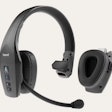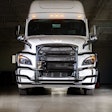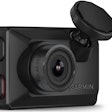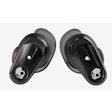Think back to the early days when cellular phones began wending their way into the American trucking industry. Instead of ensuring they had pockets full of quarters to feed a payphone – if they could find one – early adopters spent part of each meal break looking for a truck stop electrical outlet they could use to top off their phone’s charge.
Fortunately, those days are long gone. Now you can take about as much power as you need with you. Between power inverters (devices that convert your truck’s direct current to alternating current like you have at home), portable power stations, and power banks, a typical trucker can ensure all of their electrical needs are met.
The market for inverters, power stations, and power banks is both broad and deep. With a little study, you can find products that meet your personal needs that also fit within your spending comfort zone. Here are some to consider.
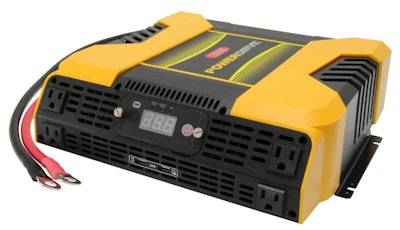
Giandel makes a large line of inverters, most of which are suitable for use in your truck. They offer both modified and pure sine wave units and have inverters available across the entire price spectrum. The Giandel 2000 watt modified sine wave inverter has two 110 AC outlets and one USB port. This model has both wired and wireless remotes for ease of control. At 3.7” x 9.1” x 15.9” the Giandel 2000 will not take up too much of your cab’s precious space, but will still deliver all the juice you need. It’s available online for $169.96.
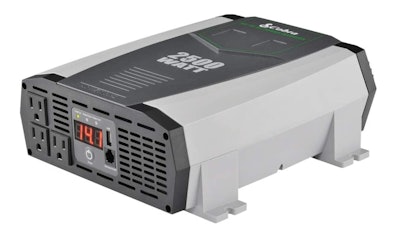
The GoWise PS1004 3000 watt pure sine inverter is available online for $392. As a pure sine wave inverter, the PS1004 delivers clean electricity suited for sensitive devices like CPAPs, gaming consoles, tablets, and laptops. It has three three-pronged AC outlets and one USB port. For safe operation on the road, the PS1004 has thermal protection, overload protection, over-voltage protection, under-voltage protection, and a low voltage protection alarm. It also features a wired remote.
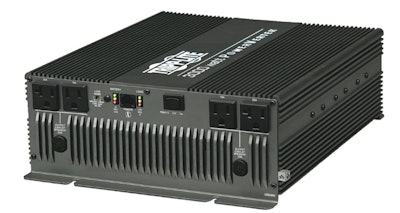
But, not all power sources need to be wired or plugged in to ensure your myriad devices perform properly. PowerDrive also provides self-contained power stations and power banks to ensure your smartphone has enough juice to provide all of the smart benefits you enjoy. Charge these before you leave home, and you have plenty of backup power while on the road.
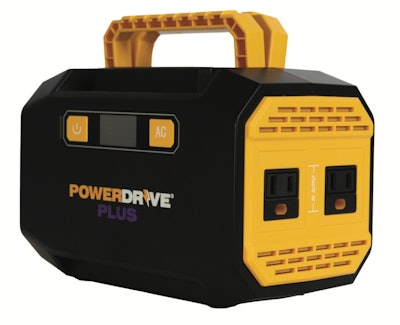
Jackery offers a full line of portable power stations suitable for camping, in-home emergencies, and, of course, on your truck. Prices range from $140 to $1,700 and deliver from 1,800 watts to 293 watts. The Jackery Explorer 1000 portable power station is an ideal addition to your truck. It can supply 1,000 watts of power to its two USB-C, two USB, one DC car port and three pure sine wave AC outlets. It weighs only 22 pounds, making it compact and portable. A solid handle makes for easy carrying. The Explorer 1000 features an easy-to-read LCD screen with charge/discharge data and battery life status for safety and ease of use. And, if you are home or camping, the Explorer 1000 can be recharged using optional solar panels. Available online for $1,099.
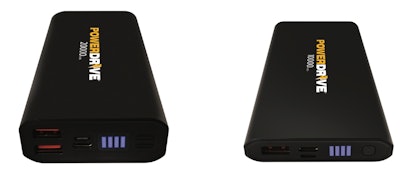
Mophie has a number of portable chargers, including this wireless one for Qi-enabled devices. This charger has a 10,000 mAh internal battery and 18W USB-C PD fast charge. It also has a USB-C PD port and a USB-A port. It can deliver more than two full charges to your typical smartphone and weighs less than half a pound, so it is easy to carry in a pocket. Available online for $69.95.
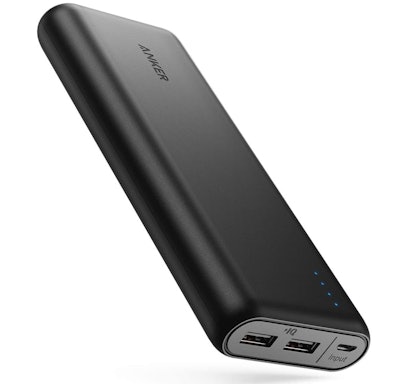
Here are several quick questions to answer to make sure you get all the power you need in an inverter and that it meets your devices’ requirements safely:
1. How many watts do you need? Most manufacturers and reviewers say to add up how many watts each device draws (you can nd that on the devices and/or in their manuals) if all are plugged in at once, then add some more onto that. Others suggest doubling the requirement of your most watt-hungry device.
2. Pure sine vs. modified sine wave? Pure sine is clean, consistent power, the sort needed by laptops, CPAP machines or gaming consoles. Modified sine wave power is OK for use with less sophisticated equipment.
3. How do you plan to use an inverter? If you just want to ensure your smartphone is fully charged, you can get by with a modest, low-wattage inverter. If you expect to use electrical appliances for meals e.g. microwaves, slow cookers, frying pans then you need one with more muscle. Just do the math before you buy.
4. How good a technician are you? In the realm of technical installations, adding a power inverter to your truck is on the less demanding side. However, it’s still worth in peace of mind whatever you pay to have a technician install your inverter. Be sure they place it someplace convenient, clean, and with adequate ventilation.
5. How much do you want to spend? Price is generally a consideration for any addition to your truck no matter how beneficial. Luckily, you can find inverters with similar features and about the same amount of wattage at various prices, and certainly, one to fit your budget.
Like the market for other gear aimed at professional drivers, the one for power devices in your truck is vast. With a little study, you can nd an inverter, power station or power bank that meets your personal needs that also fits within your spending comfort zone.

